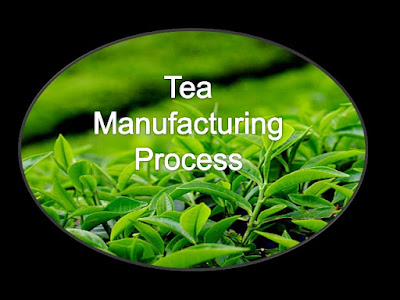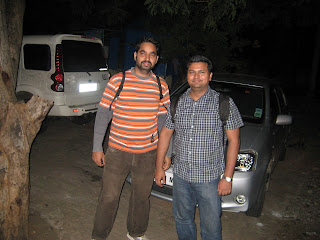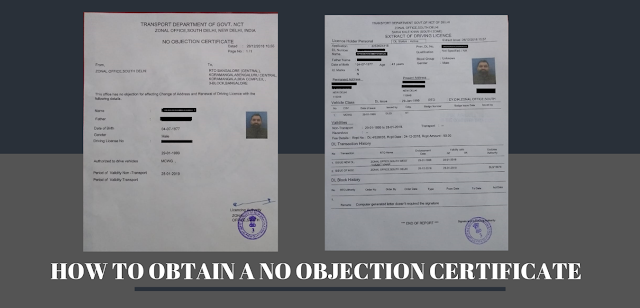Tea Processing
 |
| Image courtesy internet |
Few days back, when i was travelling to Ooty with my friends, i got an opportunity to know and see how Tea is processed during a Tea factory visit. I visited the Doddabetta Tea Factory in Ooty where the Tea processing steps were explained by a Guide. He also showed us the different machines being used at various stages. Doddabetta Tea factory is located on the way to Doddabeta Peak and its a very prominent location with well marked directions and a big hoarding mentioning "Tea Factory" and hence difficult to miss that.
 |
| Doddabetta Tea Factory and Museum |
The Tea Manufacturing usually starts with workers plucking the tea leaves. The tea workers will collect the fresh tea leaves and then it is transported to Tea Factory for further processing.
 |
| Tea Estate - Image courtesy Internet |
 |
| Tea Leaves - Image courtesy Internet |
Once the fresh Tea leaves reaches the factory, there are usually 10 different steps in processing of Tea excluding packaging. The 10 orthodox processing steps taht are followed are:
Step 1: Steaming
The object of steaming is to inactivate the enzyme and arrest the fermentation. In this process the inactivation of enzyme is achieved by heating the flush to a temperature of 100*C using a steamer.
Step 2: Cooling/Withering
After Steaming process, the leaf is cooled in withering troughs. The cooling process improves the condition of the leaf for the next operation of rolling.
The withered leaf is subjected to rolling. The leaf is rolled in orthodox rollers for 40 mins. Normally 36" or 46" rollers are used which have an rpm around 38. According to the grade requirement pressure is applied.
The rolled leaf undergoes drying at a temperature of 65 to 70*C in conventional drier. The residence time in the drier is 30 minutes. This firing is called semi-firing and it is done to facilitate subsequent roll breaking process.
Step 5: Sorting/Roll Breaking
The semi fired leaf is passed through a sorting machine consisting of No. 3 mesh. The fines are separated through total bulk. These fines are send to ball tea drier and the bulk is send to second rolling.
Step 6: Ball Tea Drier
The fines are passed to the ball tea drier when more granulation is required, instead of rotary driers, the rolled dhool is dried in ball tea driers, a double walled cylindrical drum rotating on a horizontal axis at 12 to 16 rpm. Hot air is passed to the cylinder walls and moisture is removed from the leaf.
Step 7: Drying (2nd Firing)
The fines, after passing the ball tea drier are sent to the final firing. Here the firing is done at 95 to 100*C. The residence time is 17 minutes. Conventional drier is used to drying the dhool.
Step 8: Second Rolling
The rolled leaf, which passes over the mesh in the sorting stage is sent to the roller for second rolling. This is done for more twisting of the dhool and the rolling time is 30 minutes.
Step 9: The Bulk Drying
The bulk from the ball tea drier is fired in conventional drier at an inlet temperature of 95-100*C. The residence time is 30 minutes.
Step 10: Grading
The dried tea is passed through the stalk extractor and sorter fitted with Nos. 6,8,10,12,14,24 meshes. Some name of the grades are called Hyson, Superfine, Mashdane etc.
Post this, the dried Tea Leaves/powder or dust is sent to packaging machines and packaged in different dimension of boxes and shipped to the warehouse for supply.
This Gentleman on the left was our guide. He had very good knowledge not only of the processing, but also of the different variety of teas, how it is made, which is good etc. He explained everything in a manner it was easy to understand and follow. Thanks to him, we now understand how Tea is processed and enjoy the tea even more. Though, during the process also realized that the usual Tea leaves that we use is mostly dust. The best Tea leaves are mostly exported, for example White tea. Nevertheless we had our share of learning at the Doddabeta Tea factory. They also facilitated Tea tasting sessions at the venue. There was White tea, green tea and regular cardamom milk tea as well. Time well spent.
While we enjoyed understanding how tea is processed and made, we also got an opportunity to buy Tea from the Tea Factory and they had all types of Tea leaves available for sale along with other stuff like Ooty chocolates, Valkyrie etc. We spent an hour or so there and moved to Dodabetta peak, which ultimately was our destination on the route.












Comments